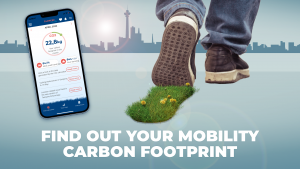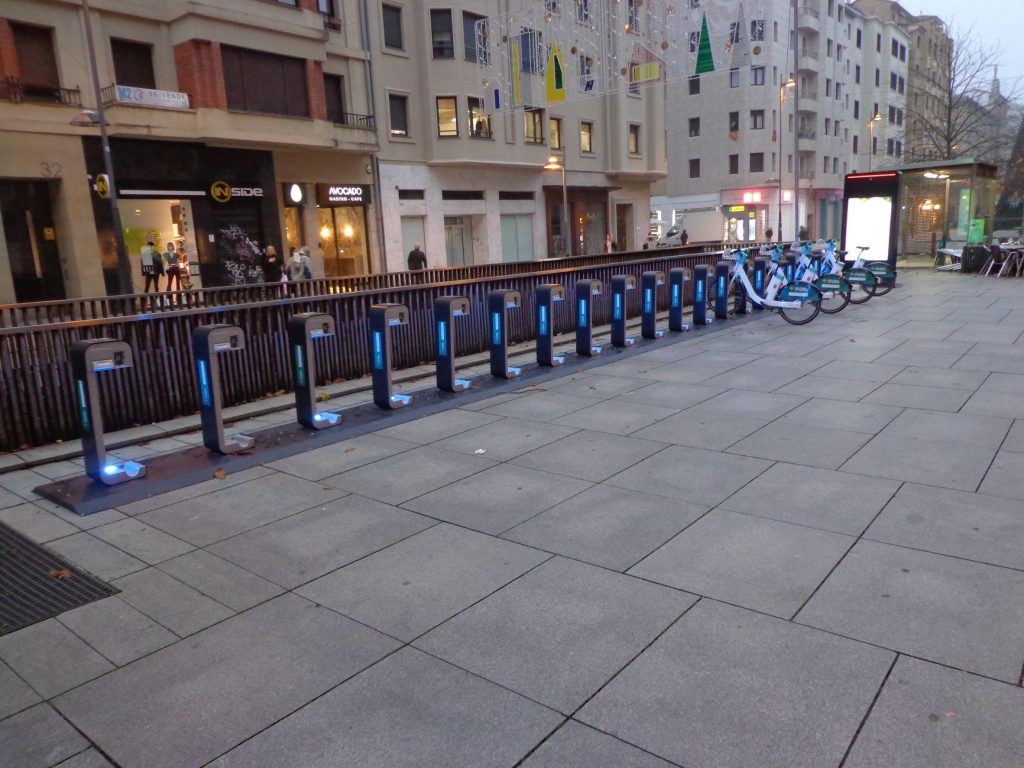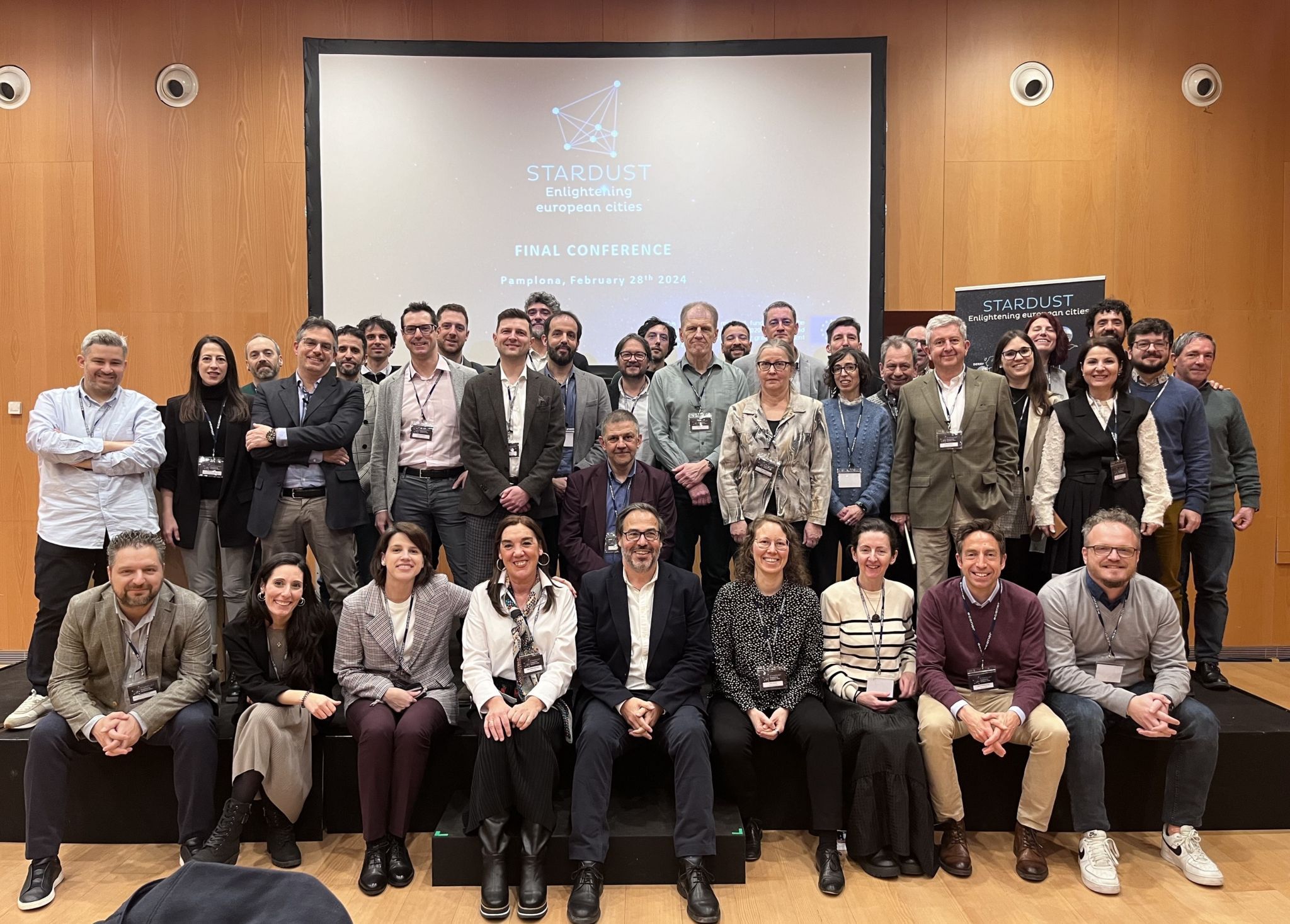Pamplona has been surprised by the enthusiastic take-up of its shared e-bike service, while Tampere’s personal mobility CO2 calculator is helping citizens to visualize and minimize the carbon impact of their movements.
European cities are well aware that transport is a leading emitter of GHGs (Greenhouse Gas, a 33% share in 2019, according to the IEA, International Energy Agency), so decarbonisation of public transport systems is a key component of net-zero carbon strategies. The electrification of transport is progressing rapidly, with leading examples such as London, whose 550 electric buses are the largest fleet of the kind in Western Europe, or Oslo with more than 31.2 % of all cars and 78% of new car sales being electric (Net Zero Readiness Spotlight: Cities – KPMG Global) .
But e-mobility is not only cars and buses – e-bikes are emerging as an increasingly attractive alternative. A good success story comes from Pamplona, the economic and political centre of Navarre in Spain, a region where renewable energy already covers 80% of electrical consumption. “Pamplona’s “Go-Green” strategy promotes the take-up of electric vehicles, including subsidies for e-taxis, public e-car-sharing with 20 e-vehicles for civil servants, PV (photovoltaic panels) for e-buses, and investments in charging stations. We set up the first fully electric bus line in Spain” says Leyre Iriarte Oyaga of the urban strategies office.
In December 2021 the city licensed a private operator to run a shared e-bike service (rideonpamplona). Starting with 100 e-bikes, it quickly climbed to 400 with 42 base stations and over 450,000 trips to date, in a city with 280,000 inhabitants, representing an estimated reduction of 300,000 kg in CO2 emissions. “We were surprised; Pamplona was not a city with many cyclists before” says Maribel Gomez, head of the mobility unit of Pamplona City Council. “There was clearly an unexpressed demand, because the urban area is quite extended and on two levels, a lower and higher one. Most trips last less than 20 minutes and go from the low to the high part of the city, at the same price as the bus. The users’ level of satisfaction monitored on the app is very high, 4.75 out of 5, also because of the high quality and ease of use of the bikes” explains Gomez.
The service includes careful monitoring of the availability of e-bikes at the stations including re-distribution where necessary. Luckily for Pamplona, the level of vandalism (which is a major problem in cities like Rome and Paris) is very low. The city is also investing in new cycle paths and improvements for pedestrians. The plan is to leverage Next Generation EU funds to expand the services across the region, since other municipalities are interested in following Pamplona’s example.
Promoting sustainable personal mobility is a priority also for Tampere, Finland, another medium-size city aiming to achieve net-zero carbon by 2030. Tampere is following a Carbon Neutral 2030 roadmap with more than 200 tangible actions. It was designed in 2020 and includes a Sustainable Urban Mobility Plan (SUMP) launched in 2021. The city claims to have already reduced CO2 emissions by 34 % overall and per capita by 41 % between 2010 and 2021. The sustainable mobility plan includes incentives to use e-cars and e-bikes, as well as the introduction of e-buses and the pilot testing of robot buses.
Unsurprisingly for a Northern European country, Tampere is also leveraging mobile apps to nudge citizens’ behaviour towards zero carbon goals. In 2021, in the context of EU project STARDUST, the city designed and launched a mobility carbon footprint calculator, allowing users to monitor in real time the carbon impact of their mobility choices, thus encouraging them to pick the means of transport with the least impacts.

The calculator is part of the free city mobile app and uses the acceleration sensor information from the mobile phone and the GPS signal to automatically identify the route and mode of travel. The analytics solution is published in open source and distributed as open data. The anonymized data is also collected for statistical analysis of the users’ mobility patterns, even though privacy regulation limits the depth of the analysis. “The calculator has more than 1600 users per month, and 5000 devices so far have accessed the app (out of the 20,000 total users of the city app), which is quite satisfying” says Anna Vilhula, project manager from Tampere’s Climate and environmental policy unit. “The university of Helsinki and Finnish VATT Institute for Economic Research will analyse the data to measure the impact on users’ behaviour, for example switching from driving to cycling or walking” continues Vilhula.
The results will be available by May 2023. Naturally, there are some glitches. The accuracy of the calculator needs to be improved – sometimes it can mistake a bike rolling fast downhill for a car ride. The visibility of the calculator and therefore the number of users need to be improved: a survey of the city app users in the summer of 2022 found that one third of respondents were not aware of the calculator’s existence, even though its launch was accompanied by a social media campaign. Nevertheless, Tampere is on the right path: carbon footprint calculators are increasingly popular and promoted also by the UN (United Nations Carbon Offset Platform | UNFCCC) as a way to improve awareness and stimulate sustainable personal mobility choices.
By Gabriella Cattaneo
Photo credits: Pamplona and Tampere Municipalities respectively


